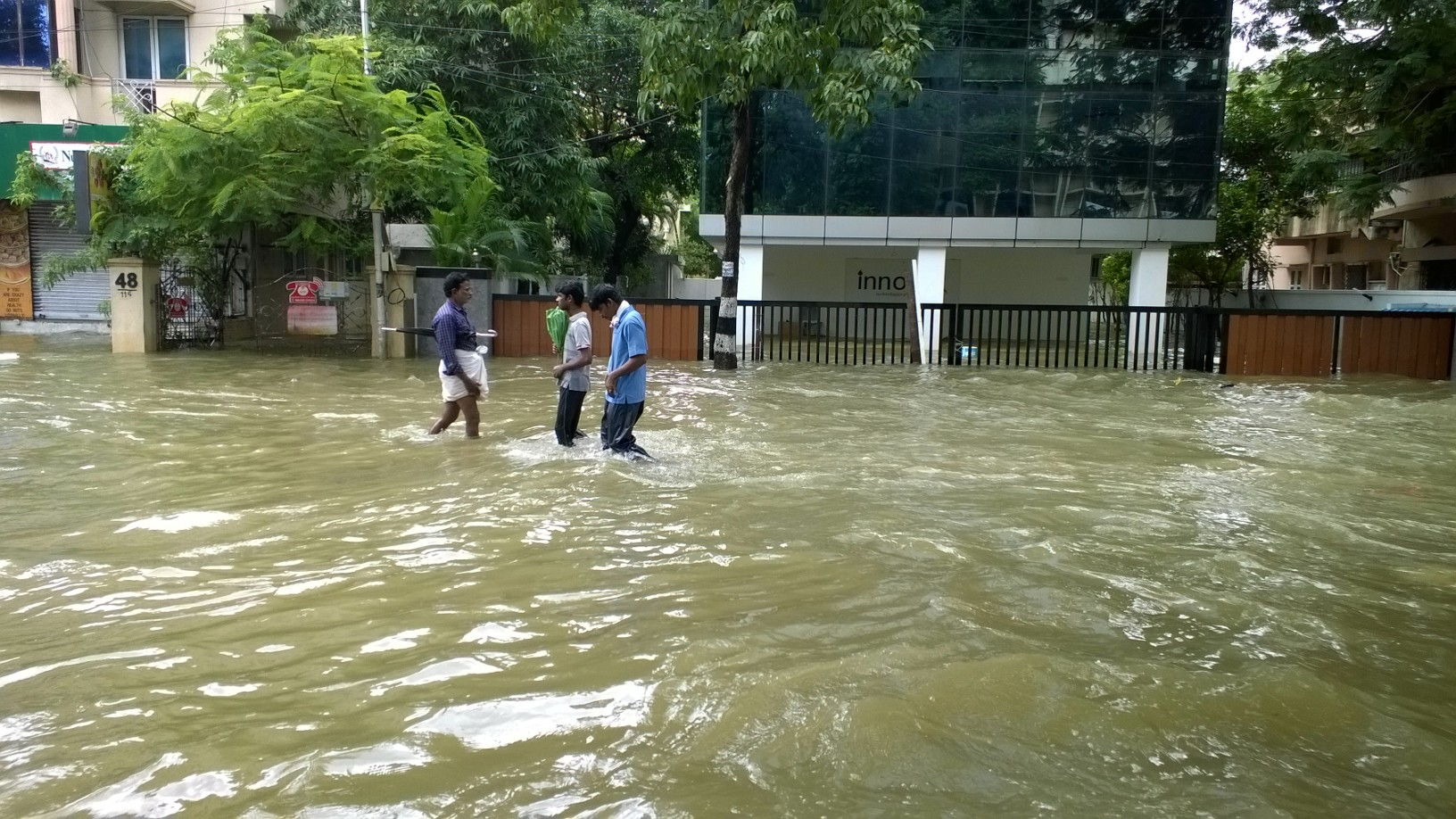The Chennai Climate Action Plan was prepared by the Greater Chennai Corporation (GCC) in consultation with experts from several different fields, and released by the Tamil Nadu Government on 13th June, 2023. The GCC released this report after multiple rounds of stakeholder consultation along with an email ID for public feedback.
The body of the plan stands on 3 main points of action – to calculate emissions, which is meant to be a constant effort to collect data and gather information on sources of problem areas, to adapt and mitigate risks, which is a plan for how to both combat the effects of climate change as well as how to live through it, and to take note of vulnerable communities and areas, which acknowledges that the effects of climate change are disproportionate and will affect certain parts of Chennai more than others.
The Greenhouse Gas Emission Inventory is in accordance with the first point of action. It is essentially an international effort for each city to maintain a continuously updated database of sources of GHG emissions. This helps concerned authorities set targets for reduction, keep themselves and the public apprised of their progress, and consistently and transparently report this on a national scale. It will also allow careful monitoring of how important cities and urban areas are when it comes to tackling climate change. Itremains to be seen if the inventory will remain functional and effective across the city – but further details as to how this is ideally meant to happen can be found here.


Climate Change Risk Assessment is the next subject of discussion in the Plan – one of the most common and most hazardous impacts of climate change on Chennai has been the increasing intensity of floods due to extreme precipitation. Tackling this, along with heatwaves, is the focal point of this section – the plan attempts to use the data they have to set goals, understand which areas and communities are affected most, and identify government structures that are in place to help with the effort. It does a very good job of assessing the uneven impact of climate change across the city, and the maps show this quite well.
The main risks identified – floods, rising sea levels, and heat – have also been mapped out, explaining which parts of the city are most susceptible to that particular risk. Across the three, slums are the most vulnerable areas in the city, either because they are located next to rivers or creeks, opening them up to the impact of rising sea levels, or because houses in slums generally have asbestos roofs, which makes it harder to combat the heat. Slums also tend to have twice the population density of other areas on average. This increases their vulnerability across the board.
The Plan also lists out certain measurable risks. 100m of the coast is at risk of submersion in the next 5 years by sea level rise alone, and the North Chennai Thermal Power Plants are going to be highly impacted by the same and will require replacement by 2050. Additionally, most important infrastructure to provide shelter and disaster relief are disproportionately prone to being inundated due to sea level rise.
The final section describes the risks that the rising heat poses. 53% of houses depend on external sources for drinking water, which is under severe threat due to rising heat. There is limited to no access to cooling equipment in slums, and even in other neighbourhoods, and the effects of being an Urban Heat Island only add to the stress faced by the city.
The maps that follow are visual representations of which areas in the city will be most impacted by these threats.








Pathways, Vision and Identified Actions
The climate action plan works out the different strategies that the government could employ and the impact that each will have on carbon emissions and its impacts. The three broad categories that are identified are business as usual, which is the scenario in which we make no mitigation efforts, existing and planned scenario, which involves the policies and structures already in place, and the ambitious scenario, which is the ideal, carbon-neutral by 2050 scenario. It also summarises the current mitigation effort in sectors such as renewable energy, transport and waste.
There is also a discussion on how to align this plan with the larger Tamil Nadu State Climate Action Plan. The broad goals of both – carbon neutrality by 2050, and water balance by 2050 – are balanced on the same principles of inclusivity and forced acceleration. The intent to base each action off data, engage with citizens from all walks of life, and involve on-ground institutions to the highest extent possible is clearly visible.
Priority Sector:
The climate action plan includes plans of action to achieve each of the goals set by the Plan. The classification of short-term, medium-term, and long-term solutions outlined earlier in the plan is followed here, and the plan itself is as follows. A more detailed description of how each of these will be achieved can be found in pages 31-43 of the Chennai Climate Action Plan.






The plan lists all the institutions and departments that are responsible and accountable for taking up the action points in the plan. There are expansion plans in all of these departments, specifically to manage different parts of the plan, as well as a plan to set up an entirely new “Department of Climate Change Initiatives” under the GCC (Greater Chennai Corporation). A monitoring regime to ensure that implementation is going according to plan will also fall under this new department – along with incorporating existing measures to monitor activities.
The plan finally invites feedback and public suggestions through the email ID: chennaiclimateactionplan@gmail.com, and welcomes any other data/reports that anyone would like to share. While this is a comprehensive plan, it remains to be seen whether its implementation will happen as per expectation, and whether the reports will show improvement.

